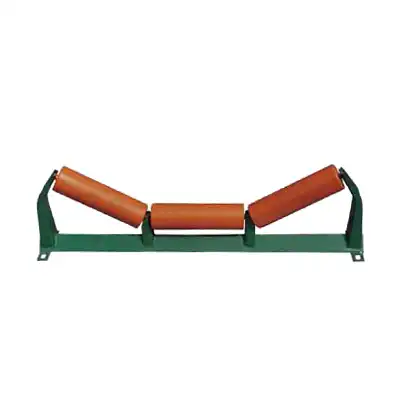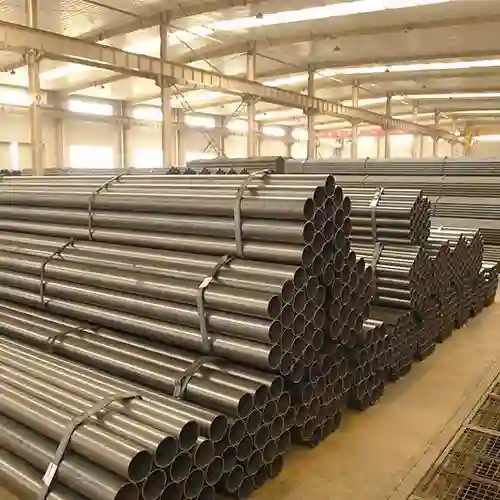- English
- French
- German
- Portuguese
- Spanish
- Russian
- Japanese
- Korean
- Arabic
- Greek
- German
- Turkish
- Italian
- Danish
- Romanian
- Indonesian
- Czech
- Afrikaans
- Swedish
- Polish
- Basque
- Catalan
- Esperanto
- Hindi
- Lao
- Albanian
- Amharic
- Armenian
- Azerbaijani
- Belarusian
- Bengali
- Bosnian
- Bulgarian
- Cebuano
- Chichewa
- Corsican
- Croatian
- Dutch
- Estonian
- Filipino
- Finnish
- Frisian
- Galician
- Georgian
- Gujarati
- Haitian
- Hausa
- Hawaiian
- Hebrew
- Hmong
- Hungarian
- Icelandic
- Igbo
- Javanese
- Kannada
- Kazakh
- Khmer
- Kurdish
- Kyrgyz
- Latin
- Latvian
- Lithuanian
- Luxembou..
- Macedonian
- Malagasy
- Malay
- Malayalam
- Maltese
- Maori
- Marathi
- Mongolian
- Burmese
- Nepali
- Norwegian
- Pashto
- Persian
- Punjabi
- Serbian
- Sesotho
- Sinhala
- Slovak
- Slovenian
- Somali
- Samoan
- Scots Gaelic
- Shona
- Sindhi
- Sundanese
- Swahili
- Tajik
- Tamil
- Telugu
- Thai
- Ukrainian
- Urdu
- Uzbek
- Vietnamese
- Welsh
- Xhosa
- Yiddish
- Yoruba
- Zulu
What Is a Belt Conveyor Steel Head Drive Drum Pulley?
2024-07-02 11:47:20
Belt Conveyor Steel Head Drive Drum Pulleys are critical components in conveyor systems, responsible for transmitting power and tension to the conveyor belt. These pulleys are designed with specific features to enhance their performance and durability. Let's explore the key aspects of Belt Conveyor Steel Head Drive Drum Pulleys and how they contribute to efficient conveyor operation.
What are the key features of a Belt Conveyor Steel Head Drive Drum Pulley?
Belt Conveyor Steel Head Drive Drum Pulleys are integral components engineered to deliver robust performance within heavy-duty conveyor systems. Constructed from high-quality steel, these pulleys are designed to endure the rigorous demands of industrial environments, ensuring long-term reliability and efficiency. Their cylindrical design features a centrally located hub that facilitates secure mounting onto the drive shaft, thereby enabling effective power transmission throughout the conveyor system.
A notable feature of Belt Conveyor Steel Head Drive Drum Pulleys is the application of rubber lagging on their surfaces. This rubber coating plays a crucial role in enhancing traction between the pulley and the conveyor belt. By improving grip, the rubber lagging minimizes belt slippage during operation, thereby promoting smooth and consistent material handling processes. Moreover, this feature helps to reduce wear on both the pulley surface and the conveyor belt itself, ultimately extending the operational lifespan of these critical components and lowering maintenance costs over time.
These pulleys are available in various sizes and configurations to accommodate different conveyor belt widths and handling capacities, ensuring compatibility with diverse operational requirements. Depending on specific needs, they may also incorporate additional features such as advanced tensioning systems and shaft locking mechanisms. These enhancements are designed to optimize belt tension, maintain alignment, and ensure reliable performance under varying load conditions, thereby enhancing overall operational efficiency.
In essence, Belt Conveyor Steel Head Drive Drum Pulleys are engineered for durability, efficiency, and versatility, making them essential for seamless material handling in a wide range of industrial applications. Their robust construction, coupled with effective rubber lagging and innovative design features, underscores their pivotal role in ensuring smooth and reliable conveyor operations within demanding industrial settings.
How does a Belt Conveyor Steel Head Drive Drum Pulley improve conveyor performance?
The Belt Conveyor Steel Head Drive Drum Pulley significantly boosts conveyor performance through its robust design and construction. Engineered from sturdy steel, these pulleys offer exceptional strength and durability, crucial for withstanding heavy loads and harsh operational conditions reliably over time. The incorporation of rubber lagging on the pulley surface is instrumental in enhancing friction between the pulley and the conveyor belt. This feature minimizes the risk of belt slippage, ensuring smooth and consistent belt movement during operation. By reducing slippage, these pulleys enhance conveyor efficiency, which translates to decreased downtime and lower maintenance costs over the conveyor's lifespan.
Furthermore, Belt Conveyor Steel Head Drive Drum Pulleys often integrate advanced tensioning systems. These systems enable straightforward adjustment of belt tension, which is essential for maintaining optimal belt alignment and preventing premature wear and tear on the belt itself. Proper tensioning not only enhances operational safety but also extends the overall lifespan of the conveyor system components, thereby optimizing long-term performance and reliability.
In summary, the combination of robust steel construction, effective rubber lagging to enhance traction, and reliable tensioning mechanisms makes Belt Conveyor Steel Head Drive Drum Pulleys indispensable for maximizing conveyor performance across a wide range of industrial applications. Their ability to endure rigorous conditions while maintaining operational efficiency underscores Conveyor Head Drum Pulley's importance in ensuring seamless material handling and productivity in diverse industrial settings.
What maintenance practices are essential for Belt Conveyor Steel Head Drive Drum Pulleys?
To ensure optimal performance and extend the lifespan of Belt Conveyor Steel Head Drum Pulley, regular and proactive maintenance practices are critical. A primary maintenance task involves thorough inspection of the pulleys to detect any signs of wear, damage, or deterioration. This includes monitoring the condition of the rubber lagging for wear patterns and ensuring there is no misalignment that could affect belt tracking.
Regular cleaning of the pulleys is essential to remove dirt, dust, and debris that can accumulate on the surface. Buildup on the pulleys can lead to imbalance, affecting the smooth operation of the conveyor system. Cleaning also helps maintain proper balance and alignment, which is crucial for reducing wear on both the pulley and the conveyor belt.
Proper lubrication of the drive shaft and bearings is another vital maintenance practice. Lubricants help reduce friction between moving parts, such as the shaft and bearings, thereby minimizing wear and extending their operational life. It's important to use lubricants recommended by the pulley manufacturer and follow a scheduled lubrication routine based on operating conditions and usage intensity.
Additionally, conducting routine tension checks on the conveyor belt and adjusting as necessary ensures that the belt remains properly tensioned over the pulley. Proper tensioning not only enhances operational efficiency but also prevents slippage and reduces the risk of premature wear on the pulley and belt.
Lastly, monitoring the overall performance of the conveyor system and addressing any operational issues promptly can help prevent potential damage to the pulleys and other components. Implementing a proactive maintenance schedule tailored to the specific operating conditions of the conveyor system ensures reliable performance and extends the service life of Belt Conveyor Steel Head Drive Drum Pulleys.
Conclusion
In conclusion, Belt Conveyor Steel Head Drive Drum Pulleys are essential components of conveyor systems, providing power and tension to the conveyor belt. Their design and features contribute to improved conveyor performance and efficiency. Regular maintenance is crucial to ensure the continued performance and longevity of these pulleys.
References
1.CEMA (Conveyor Equipment Manufacturers Association). (2020). Belt Conveyors for Bulk Materials. 8th ed. Conveyor Equipment Manufacturers Association.
2. Superior Industries, Inc. (2020). Conveyor Components.
3.Douglas Manufacturing. (n.d.). Conveyor Pulley Selection Guide.
4.Martin Engineering. (2020). Engineering Data & Applications: Conveyor Components.
5.Nordstrong Equipment Limited. (2020). Conveyor Pulleys: Drum & Wing Pulley Assemblies.
6.The ACT Group. (2020). Conveyor Belt Tracking Guide: Common Causes for Conveyor Belt Tracking Issues and Troubleshooting Tips.
7.SKF. (2020). Understanding Conveyor Systems: Types, Applications and Important Conveyor Systems Specifications.
8.ASGCO Manufacturing, Inc. (n.d.). Pulley Lagging.
9.Rulmeca Corporation. (2020). Conveyor Rollers and Idlers: Conveyor Pulleys Information.
10.Continental Industry. (2020). Conveyor Belt Solutions for every mining task.





